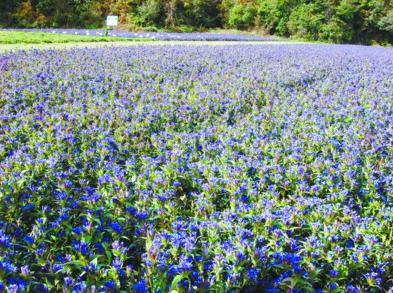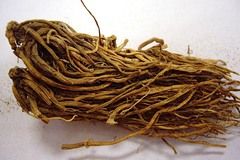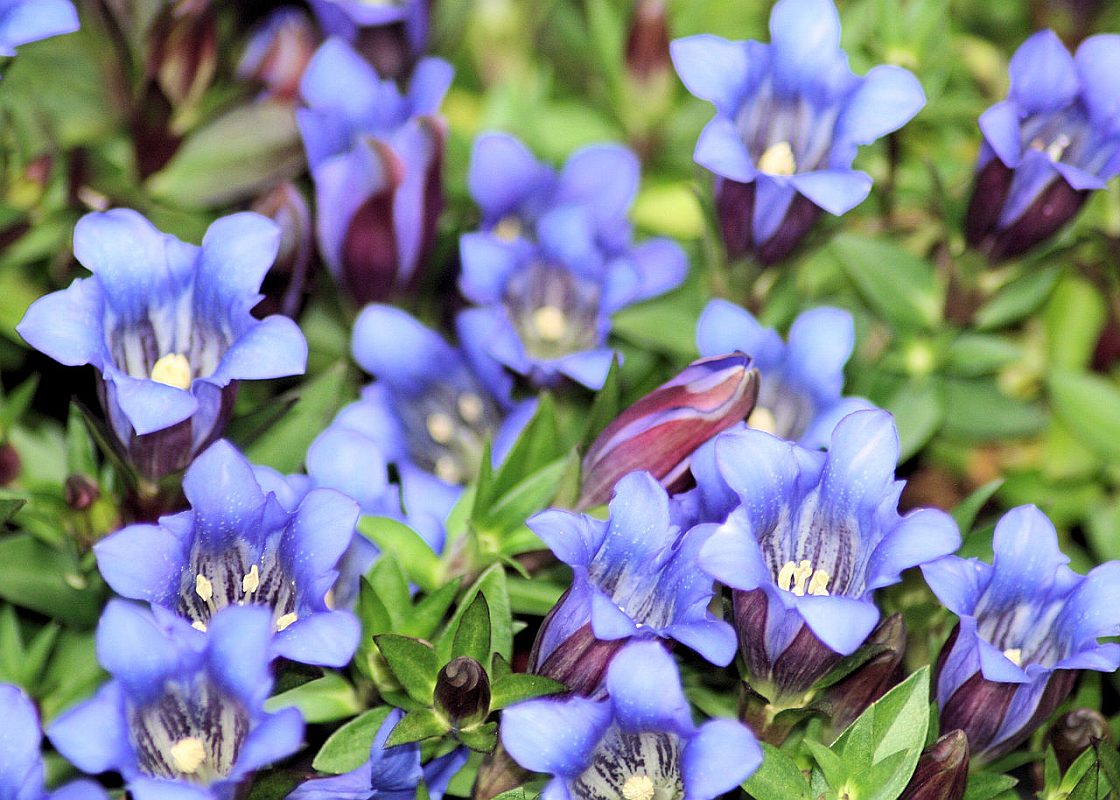Antibiotic.[3]
Antipyretic.[3]
- Liver Fire or Damp Heat:
Eye redness, swelling and pain, stabbing
pain in the chest, deafness, bitter taste in the mouth, testicular swelling and
pain, and short, dark, or burbid painful urination.
[5]
Use with
Bupleurum chinense- Chai hu and
Scutellaria baicalensis- Scutellaria.
[5]
- Damp Heat jaundice and symptoms such as bitter taste in the mouth, and fullness
and pain in the chest caused by Damp Heat in the Liver and Gallbladder.
[5]
Use with
Artemisia capillaris- Yin chen
hao, and
Gardinia jasminoides- Zhi zi.
[5]
- Genital itching, vaginal discharge, or eczema due to Damp Heat in the Liver
and Gallbladder channels. Use with
Sophora
flavescens- Ku shen,
Phellodendron
chinense- Huang bai, and
Plantago asiatica-
Che qian zi.
[5]
- Convulsions due to Liver Fire and Phelgm, especially in children.
[5]
Use with
Bos tauris domesticus-
Niu huang and
Uncaria rhynchophylla-
Gou teng.
[1] Barefoot Doctors Manual- Published
by Madrona Publishers Seattle Washington ISBN 0-914842-52-8
[2] The Chinese Materia Medica A practical English - Chinese Library of Traditional
Chinese Medicine Publishing House of Shanghai University of Traditional Chinese
Medicine. Director Hu Ximing ISBN 7-81010-111-X/R-110
[3] Translation notes from Gary Seiford and Hocu Huhn- NSW College of Natural
Therapies. Sydney Australia (1982).
[4] Chinese Medicinal Herbs Beatrice Bliss, 1973. Compiled by LI SHI-CHEN Translated
and Researched by F. Porter Smith & G. A. Stuart Georgetown Press, San Francisco
ISBN 0-914558-00-5
[5] Chinese Herbal Medicine Materia Medica- Dan Bensky and Andrew Gamble- Eastland
Press 1986 Seattle Washington ISBN 0-939616-15-7
Images
1.
cnseed.org
2.
[1]
3.
quizlet.com
4.
en.wikipedia.org
CC BY-SA 3.0
Gentianine, gentiopircrin, gentianose.
References
[1] Chinese Herbal Medicine Materia Medica- Dan Bensky and Andrew Gamble- Eastland
Press 1986 Seattle Washington ISBN 0-939616-15-7
 Gentiana
scabra. 龙
胆 草
Lóng dǎn cǎo
Japanese gentian
Family: Gentianaceae
Gentiana
scabra. 龙
胆 草
Lóng dǎn cǎo
Japanese gentian
Family: Gentianaceae


 HABITAT:
Grows on wasted slopes and grassland shrub thickets.
HABITAT:
Grows on wasted slopes and grassland shrub thickets.